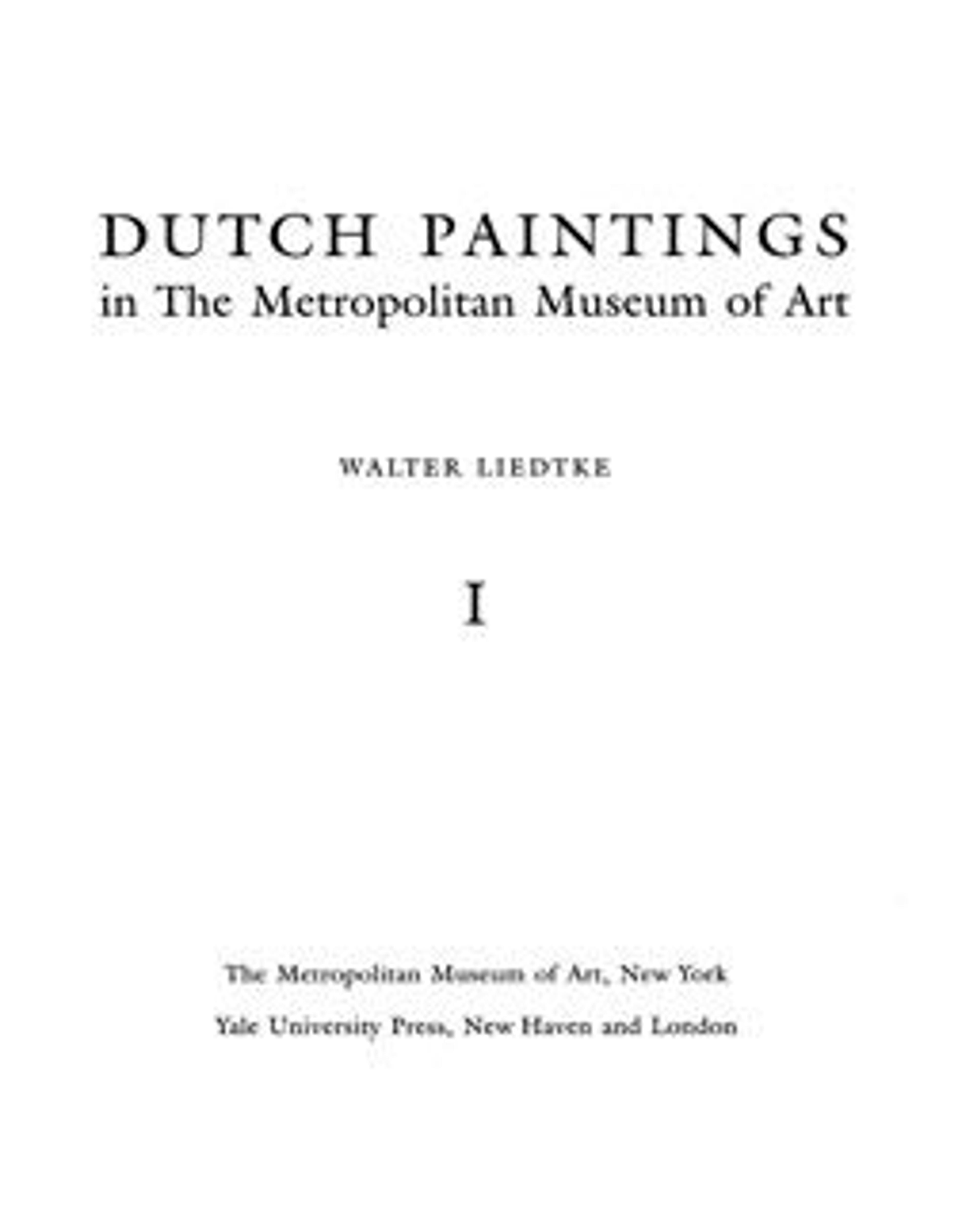Piping Shepherds
This early picture by Cuyp dates from about 1643–44. The figures resemble those painted by the artist's father, Jacob Gerritsz. Cuyp, but the canvas is not one of their collaborative efforts. Many Dutch artists painted idyllic views of the Dutch countryside, but this one is distinguished by its charming naïveté: the pipers play, the animals assemble, and the dog seems to know it is time to go home.
Artwork Details
- Title:Piping Shepherds
- Artist:Aelbert Cuyp (Dutch, Dordrecht 1620–1691 Dordrecht)
- Date:ca. 1643–44
- Medium:Oil on canvas
- Dimensions:35 3/4 x 47 in. (90.8 x 119.4 cm)
- Classification:Paintings
- Credit Line:Bequest of Collis P. Huntington, 1900
- Object Number:25.110.15
- Curatorial Department: European Paintings
More Artwork
Research Resources
The Met provides unparalleled resources for research and welcomes an international community of students and scholars. The Met's Open Access API is where creators and researchers can connect to the The Met collection. Open Access data and public domain images are available for unrestricted commercial and noncommercial use without permission or fee.
To request images under copyright and other restrictions, please use this Image Request form.
Feedback
We continue to research and examine historical and cultural context for objects in The Met collection. If you have comments or questions about this object record, please contact us using the form below. The Museum looks forward to receiving your comments.
